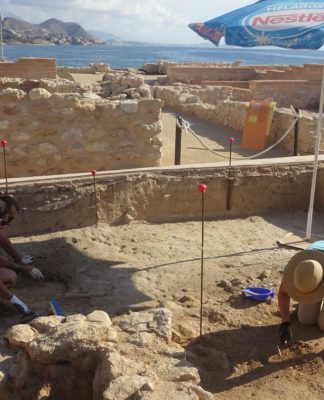
Email
November 1
Dear Editor,
Regarding the article from the Press Association in your edition 2525 on October 28 in the Costa Living section entitled ‘five ways to make sure your home’s insulated properly’.
1. energy efficiency certificates: I issue them and have made them since the introduction of the law making them obligatory here in Spain. Real Decreto 235/2013, de 5 de abril. Which was a real rush job when Spain lost the court case to NOT implement the EU Energy Efficiency Directive. I’ve never done one outside of Spain and I’ve only used two of three software packages, CE3 and CE3 X, so I can’t say what happens in other cases but, 99.999999% of certificates are done through CE3 X now. Please, please don’t tell people to follow those recommendations, the energy saving recommendations are not optional they’re on all of them (you have to choose 3) and you (as a technician) have to choose from a drop down menu the options, you don’t get to choose your own. Most of them are ridiculous options (such as make a new better insulated facade, arm and a leg, in terms of cost and may have nothing to do with the real problems the house has, remember it’s a drop down menu).
2. Thermal imagining cameras work on infrared they don’t care what time of day it is. It’s true that in warm countries we only put the heating on in the evenings so the temperature disparity (between the outside and the inside) is greater when you’ve got the heating on but that’s the reason, not that the camera sees better at night. Try using one in a block of flats, it’s next to impossible. One flat’s energy loss is another’s energy gain, get super complicated super quickly so investing in a camera is a really bad idea in most cases.
3. If you live in a ground floor flat or have a significant amount of construction above you, or in any other situation you can imagine where the temperature difference is greater between the floor and your house than it is with the walls and ceiling (for example daytime in Valencia in winter, which we can all agree is a fairly common ocurrance (daytime), the main way you lose heat is through the floor and they’re usually not insulated at all or minimally insulated. Think about heat loss as a function of temperature difference it’s just like potential difference (voltage) or height difference for water flow.
JK







































